Neowise Comet (C/2020 F3) is (was?) a retrograde comet, discovered on March 27, 2020, with the NEOWISE space telescope, which became visible from the Earth with the naked eye near the perihelion in July 2020. What does it mean to astronomy fans and astrophotographers around the world? A photography feast! This comet is so bright (magnitude 2.9 at the peak) that it is visible to the naked eye in the night sky. If you still have time, grab your photography gear (and a pair of astronomy binoculars to gaze at the comet) and take this one-time opportunity to photograph the brightest comet since the Hale–Bopp comet in 1997!
How to Photograph the NEOWISE Comet Using a DSLR/Mirrorless Camera?
The best thing is that you don't need any specialized cooled CCD astronomy camera to capture the comet; you don't even need an astrophotography telescope (yet you can use one too)!
Also, you don't have to be a professional - or even beginner - astrophotographer to capture this celestial beauty. It's brighter than the Andromeda galaxy, and you can catch it with a standard, widefield, or telephoto lens with ease!
- Set your camera on a tripod.
- Point it at the comet.
- Set the focus to infinity.
- Set a proper exposure time — 20 - 30 seconds for a widefield lens, 10 seconds for a standard lens (50mm - 55mm — the so-called nifty fifty), and 3 - 4 seconds for a telephoto lens. If you want to use a telescope, I would definitely mount it on a tracking mount, not on a tripod.
- ISO depends on your camera — experiment.
- Release the shutter, and enjoy your images!
NEOWISE Comet at 35mm (APS-C — 50mm Full Frame Equivalent) — The Standard Focal Length
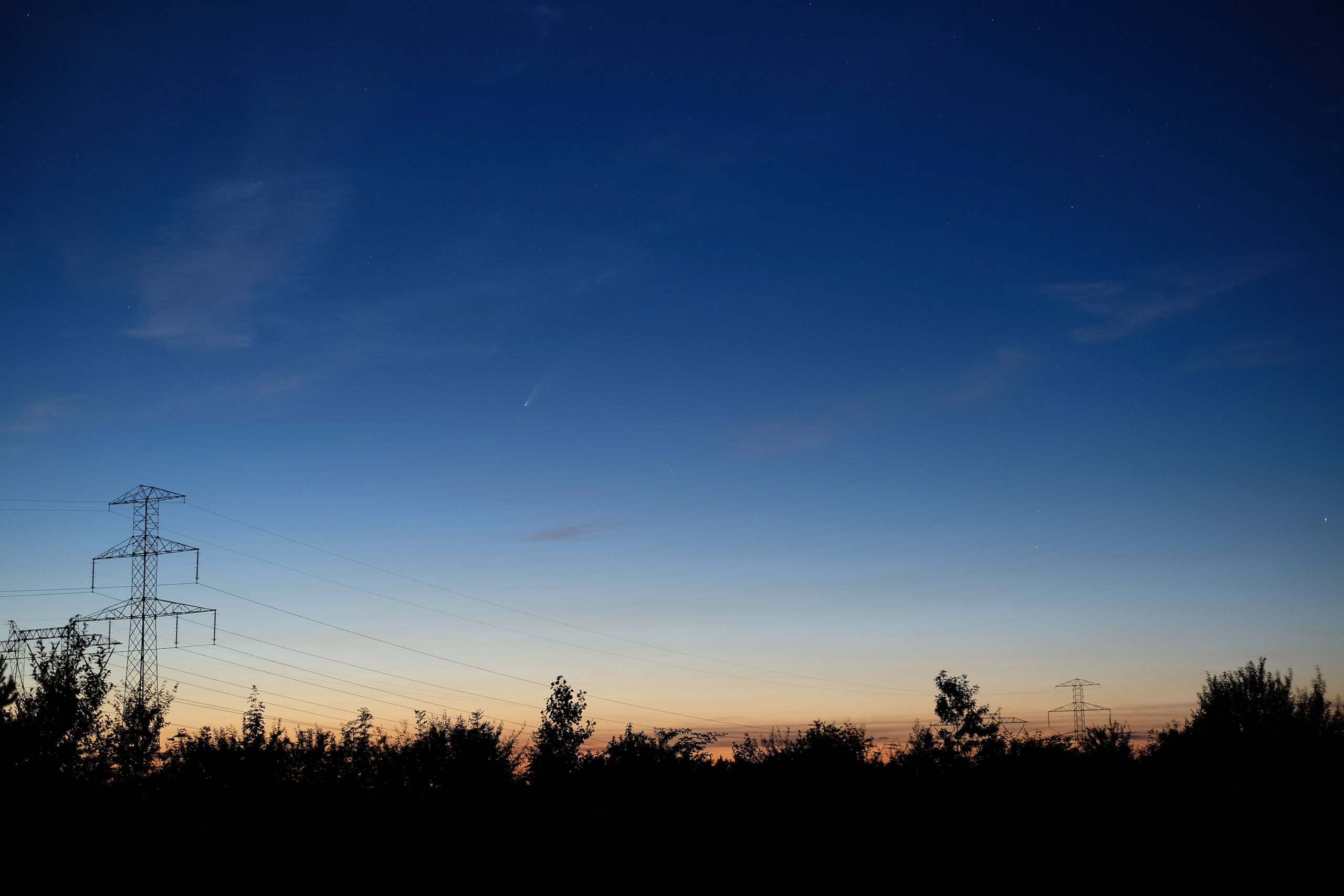
NEOWISE Comet at 135mm (APS-C Sensor) — Using a Telephoto Lens
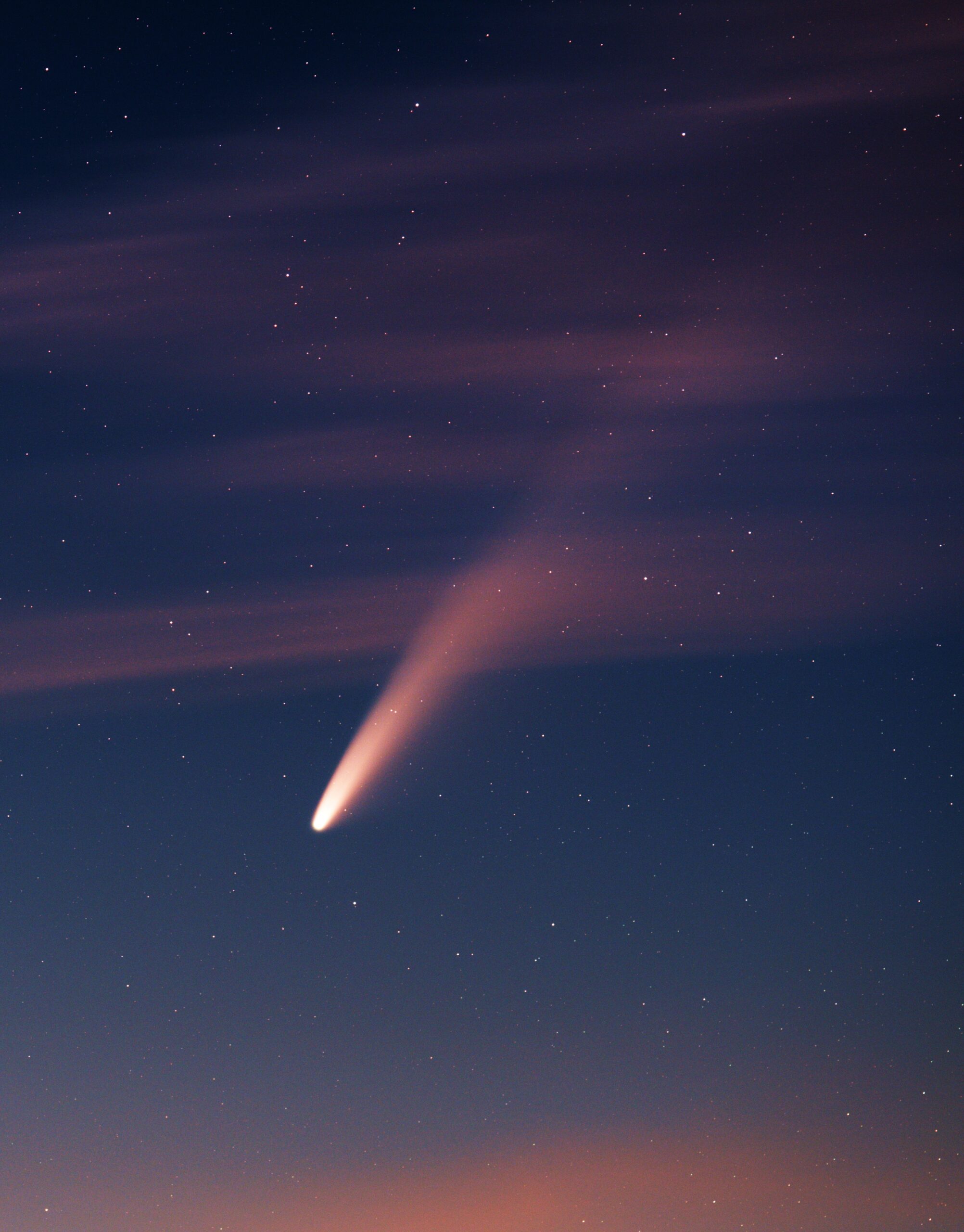
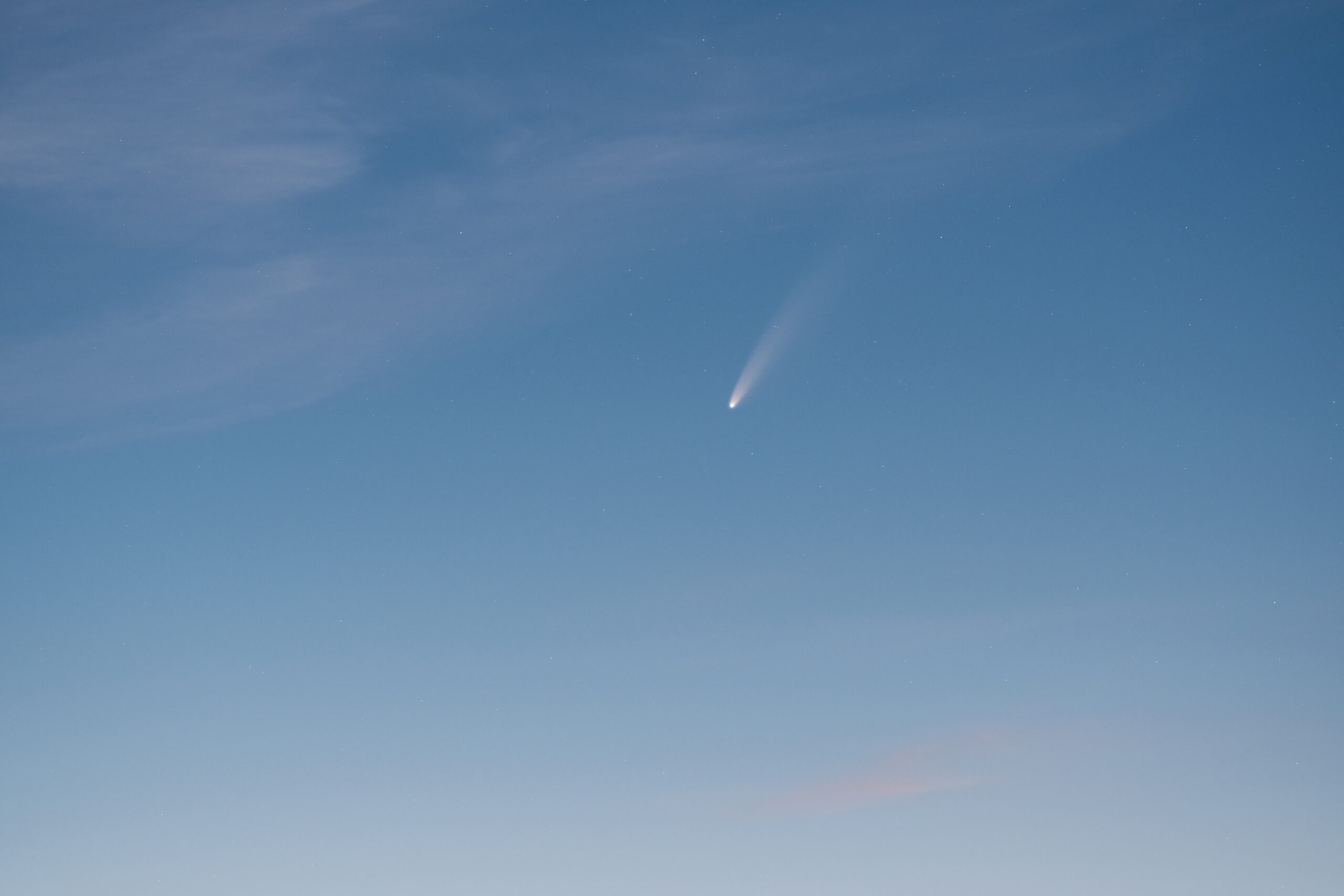
Conclusions
You can photograph this comet using any lens you have in your bag — from 8mm fisheyes to 400mm telephoto zooms (and even with teleconverters). Just be careful with exposure times using those longer focal lengths — you want your stars (and the comet, of course!) to be pin-point sharp, not some lines!


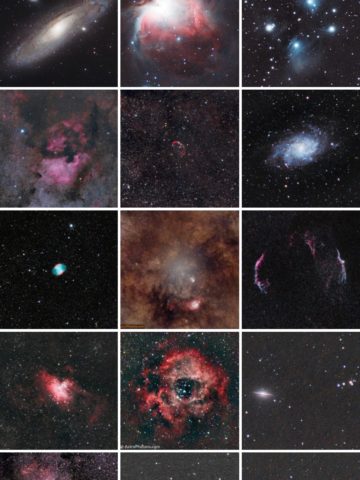
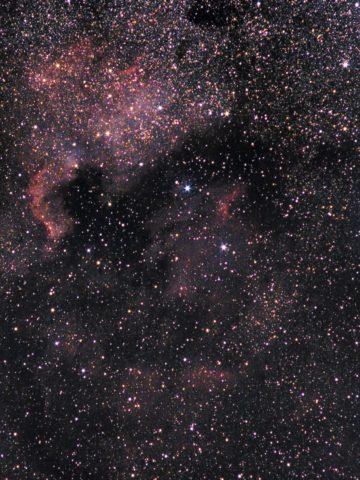
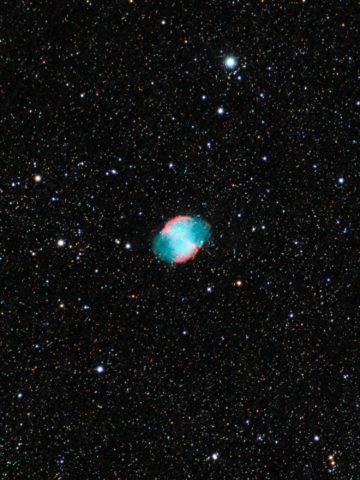
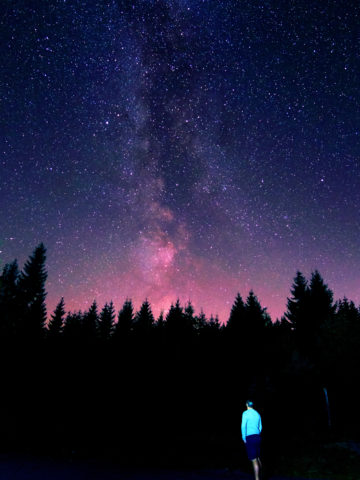
Comments
No Comments